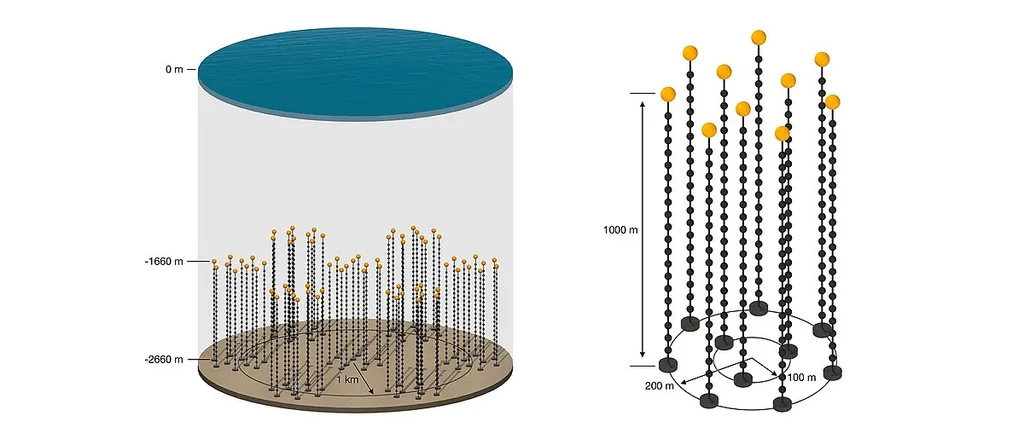Researchers from the Technical University of Munich, along with an international team of collaborators, have been working on the NUCLEUS experiment, which aims to detect a rare type of neutrino interaction using advanced cryogenic technology. The experiment is set to be installed at the Chooz nuclear power plant in France, near two high-power reactor cores. Recently, the team successfully commissioned a crucial version of the experiment at their shallow underground laboratory, marking an important milestone in their quest to observe neutrino interactions.
The NUCLEUS experiment focuses on detecting coherent elastic neutrino-nucleus scattering, a process in which neutrinos interact with entire atomic nuclei rather than individual protons or neutrons. This type of interaction is particularly challenging to detect due to its subtle nature. The researchers are using gram-scale cryogenic calorimeters made of calcium tungstate (CaWO4) as targets for these interactions. These detectors are cooled to extremely low temperatures to enhance their sensitivity.
During the commissioning phase, the team operated two cryogenic target detectors alongside active and passive shielding systems to minimize background noise. Over two months, they achieved stable performance from all detector subsystems and conducted background measurements. These measurements are vital for understanding and modeling the background sources that will be present at the reactor site, ensuring that any potential neutrino signals can be accurately identified.
The researchers have also outlined their ongoing efforts to upgrade the detector systems in preparation for a technical run at the Chooz nuclear power plant in 2026. They highlighted the remaining challenges, such as further reducing background noise and improving the sensitivity of their detectors, to achieve the ultimate goal of neutrino detection.
The successful commissioning of the NUCLEUS experiment represents a significant step forward in the field of neutrino research. For the energy sector, this research could potentially lead to improved monitoring and safety measures for nuclear reactors. By better understanding neutrino interactions, operators could gain insights into the internal workings of reactors, enhancing their ability to detect anomalies and ensure safe operation. Additionally, this research could contribute to the development of advanced neutrino detection technologies, which could have applications in various fields, including nuclear non-proliferation and geoneutrino studies for geothermal energy exploration.
The research was published in the journal [Physical Review D](https://journals.aps.org/prd/), providing a detailed account of the commissioning process and the team’s plans for future developments.
This article is based on research available at arXiv.

